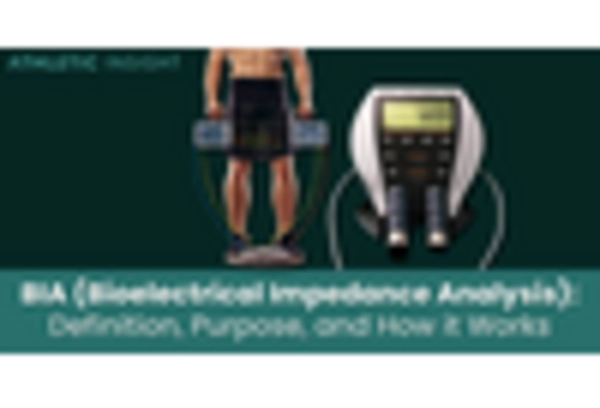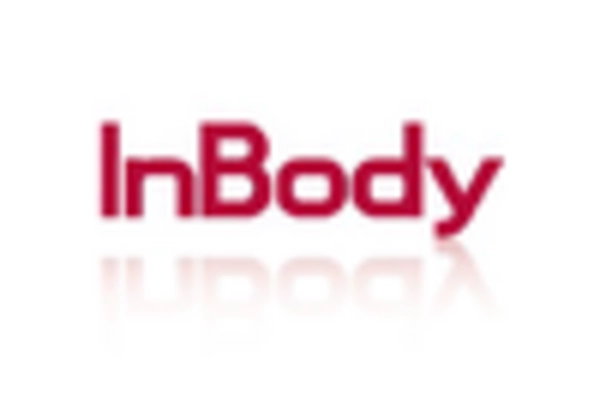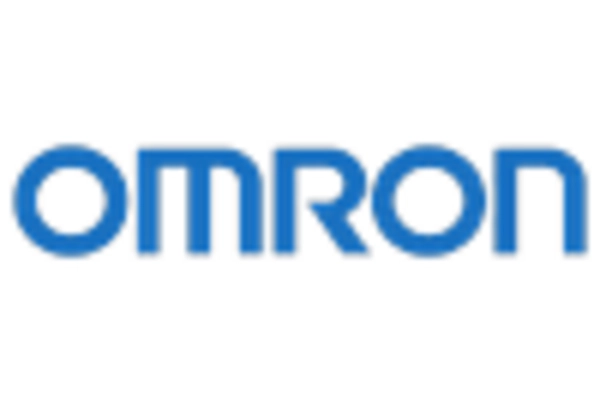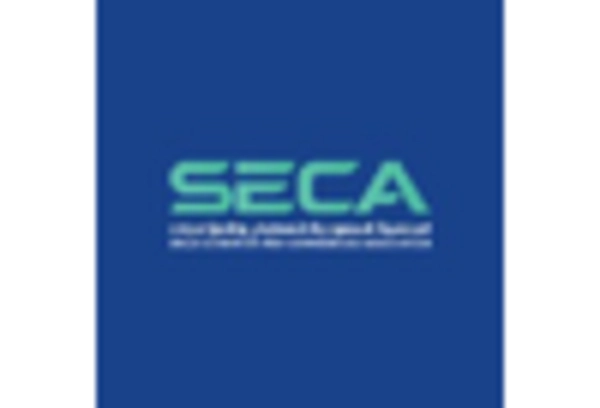Growth of the Wellness Industry
The wellness industry in Japan is witnessing remarkable growth, which is positively impacting the body composition-analyzers market. As consumers increasingly prioritize holistic health approaches, the demand for products that support wellness, including body composition analyzers, is on the rise. The wellness market, encompassing fitness, nutrition, and mental well-being, is projected to reach $30 billion by 2026. This growth is indicative of a broader trend where consumers are willing to invest in technologies that provide insights into their health. Body composition analyzers are becoming integral to wellness programs, as they offer valuable data that can guide dietary and fitness choices. Consequently, the expansion of the wellness industry is likely to create new opportunities for the body composition-analyzers market, fostering innovation and product development.
Increasing Demand for Fitness Solutions
The body composition-analyzers market in Japan is seeing increased demand due to rising interest in fitness and wellness. As more individuals prioritize their health, the need for accurate body composition analysis becomes paramount. This trend is reflected in the increasing number of fitness centers and health clubs, which often incorporate body composition analyzers into their services. According to recent data, the fitness industry in Japan has seen a growth rate of approximately 5% annually, indicating a robust market for related technologies. The integration of body composition analyzers into personal training programs enhances the effectiveness of fitness regimens, thereby attracting more consumers to invest in these devices. This increasing demand for fitness solutions is likely to propel the body composition-analyzers market forward, as consumers seek tools that provide detailed insights into their health metrics.
Rising Awareness of Preventive Healthcare
Rising awareness of preventive healthcare is propelling the body composition-analyzers market in Japan. As individuals become more informed about the importance of maintaining a healthy body composition, the demand for tools that facilitate this understanding is increasing. Preventive healthcare emphasizes the need for early detection of health issues, and body composition analyzers serve as essential devices in this regard. Recent surveys indicate that approximately 70% of Japanese adults are now actively monitoring their health metrics, which includes body composition. This heightened awareness is likely to drive the adoption of body composition analyzers, as consumers seek to take proactive steps in managing their health and well-being.
Government Initiatives for Health Promotion
Government initiatives aimed at promoting health and wellness are significantly influencing the body composition-analyzers market in Japan. Various public health campaigns encourage citizens to adopt healthier lifestyles, which often include regular monitoring of body composition. The Japanese government has implemented programs that provide subsidies for health-related technologies, making body composition analyzers more accessible to the general population. This initiative aligns with the national goal of reducing lifestyle-related diseases, which have been on the rise. As a result, the body composition-analyzers market is likely to benefit from increased adoption rates among consumers who are motivated by government support. The potential for growth in this sector is substantial, as the government continues to advocate for preventive health measures.
Technological Advancements in Health Monitoring
Technological advancements play a crucial role in shaping the body composition-analyzers market in Japan. Innovations such as bioelectrical impedance analysis (BIA) and dual-energy X-ray absorptiometry (DEXA) have significantly improved the accuracy and reliability of body composition measurements. These technologies enable users to obtain detailed insights into their body fat, muscle mass, and hydration levels. The introduction of smart body composition analyzers, which can sync with mobile applications, has further enhanced user engagement and data tracking. As of 2025, the market for smart health devices in Japan is projected to reach approximately $2 billion, indicating a strong inclination towards technology-driven health solutions. This trend suggests that consumers are increasingly seeking advanced tools for health monitoring, thereby driving growth in the body composition-analyzers market.

















Leave a Comment